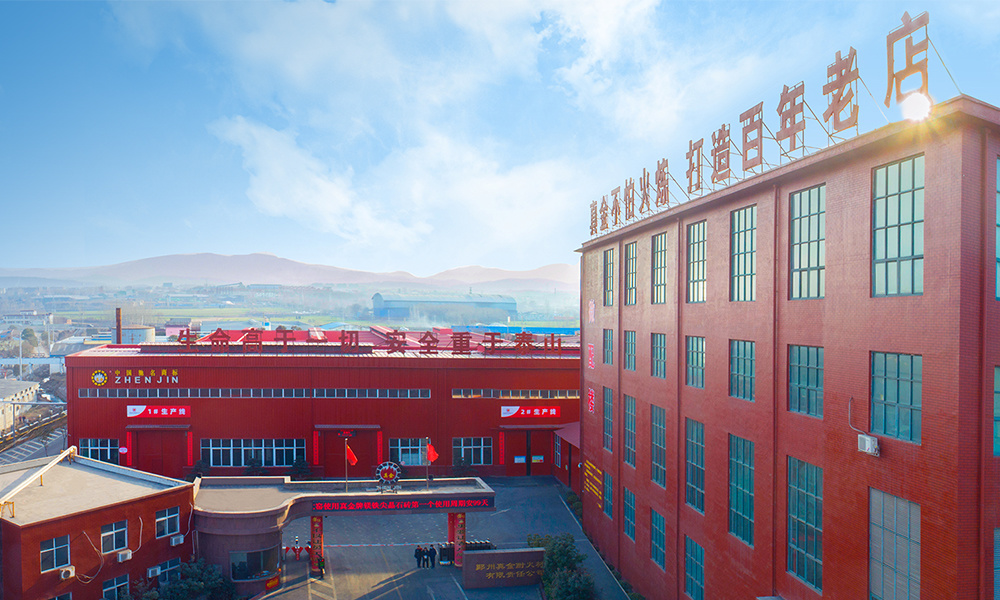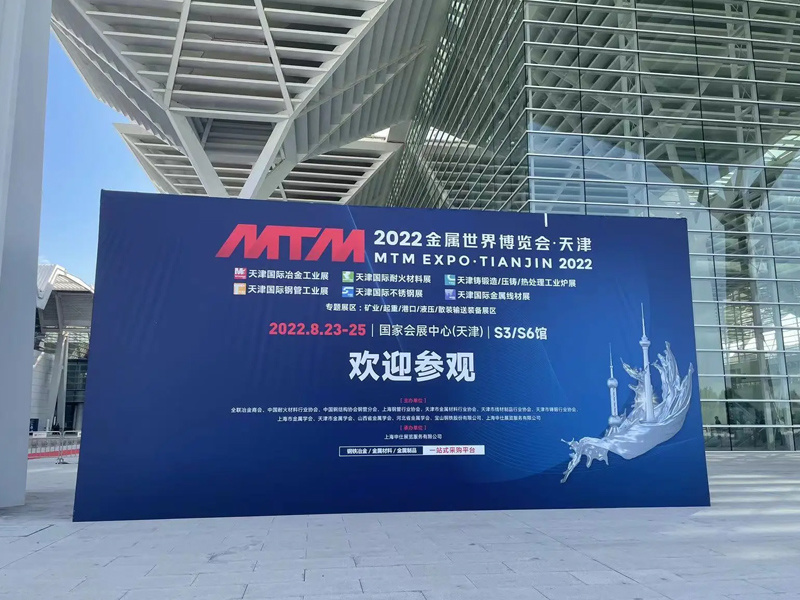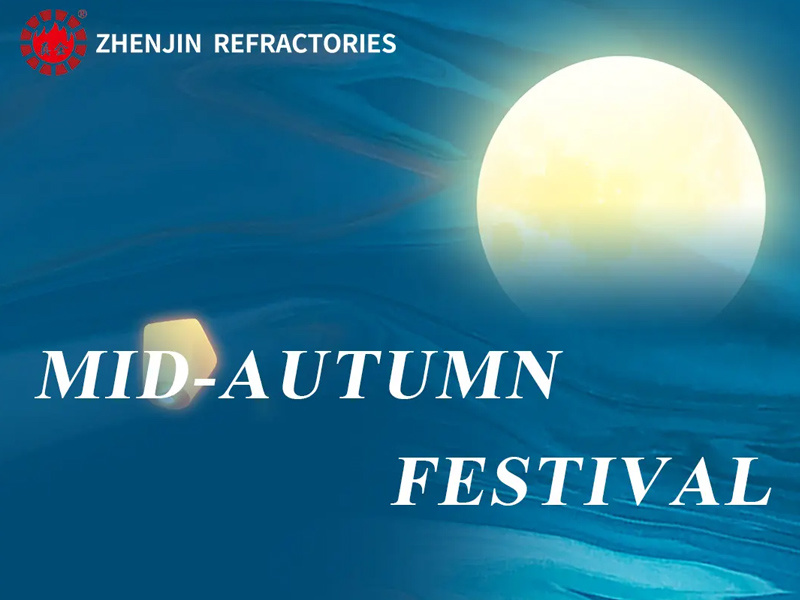Green development of refractory companies
Apr 02,2025
Refractory materials are an important support for the development of high-temperature industry and an important basic material for the implementation of new processes and new technologies in high-temperature industry. With the technological innovation of high-temperature industry, they are facing a series of opportunities and challenges.
Under the big goal of dual-carbon green development, whether it is to meet the requirements of green production in high-temperature industries such as cement or the carbon reduction needs of refractory companies themselves, the refractory industry is required to transform its economic growth model and take the path of green development.
1. The necessity of green manufacturing of refractory materials
China's cement output will reach 2.13 billion tons in 2022, accounting for about 70% of the world's total, ranking first in the world. Under the goal of carbon peaking, high-temperature industries such as the cement industry will gradually improve technological processes, transform energy structures, and gradually increase the proportion of low-carbon energy.
As an important support for the cement industry, refractory materials must adapt to the process revolution and process reengineering of the cement industry, and green refractory materials emerged at the historic moment.
China's total annual production of various types of refractory materials is about 20 million tons, accounting for 65% of the world's total refractory materials. China is a major producer, consumer and exporter of refractory materials. Under the requirements of dual carbon, the refractory industry urgently needs to eliminate backward production capacity, further optimize product structure, apply new technologies and new equipment to improve energy conservation and emission reduction, achieve green refractory production, and support the green development of high-temperature industries.
2. Green manufacturing of refractory materials
In today's pursuit of sustainable development, optimizing the production process of refractory materials and developing green and energy-saving refractory materials has become crucial, which can not only achieve environmental protection and resource utilization efficiency, but also reduce costs and improve product safety and reliability. Green production is a key process for realizing the full life cycle of green refractory products.
(1) Production realizes automation, intelligence and digitization
With the requirements for the green development of refractory materials, the refractory materials industry is gradually developing towards automation and intelligence. Intelligent manufacturing technology and automatic information technology are introduced into high-temperature material production lines and factory management links. The level of automation continues to improve, and intelligent manufacturing equipment is gradually put into use. Applications, such as smart warehousing, AGV smart material trucks, palletizing robots, smart sorting production lines, etc.
Zhenjin Refractory, located in Xinmi, the refractory capital of China, has realized the importance of green development many years ago and introduced desulfurization and denitrification equipment to reduce the emissions of sulfur dioxide and nitrogen oxides during the production process of refractory materials. It can not only reduce pollutant emissions, but also At the same time, it can improve combustion efficiency, reduce fuel consumption, reduce production costs, facilitate the stable operation of the production line, and ensure product quality.

(Desulfurization and denitrification equipment)
Use industrial robots, complete sets of automation equipment, intelligent control systems and related information systems to deeply integrate to achieve the goals of networked production equipment, visualization of production data, transparency of the production process, and unmanned production sites, and improve production efficiency and uniform product quality. sex.

(Refractory brick intelligent distribution machine)
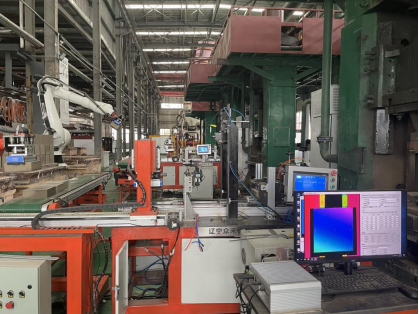
(intelligent automatic production line)
(2) Improve technology and reduce emissions of harmful substances
Improve production processes, use clean energy, reduce energy consumption and reduce the emission of harmful substances.
In the past, magnesia-chromium bricks were commonly used refractory products in the cement kiln firing zone. Since magnesia-chromium bricks will produce Cr6+ during the clinker calcination process, they are more harmful and cannot meet environmental protection requirements. Therefore, a chromium-free environmentally friendly product is needed to replace them. Application of magnesia chrome bricks in cement kiln firing zone.
The ZJMI magnesium iron spinel brick developed and produced by Zhenjin Refractory Institute uses magnesia and spinel as raw materials and adopts special production technology to ensure the existence of Fe2+ form in the product. It not only has high compressive strength and thermal shock stability It has the characteristics of good, soft load and high temperature. It also has the characteristics of being directly combined with magnesia-chromium bricks and easy to hang on the kiln skin. It effectively solves the pollution problem of magnesia-chromium bricks used in cement kilns and meets the cement industry's demand for chromium-free alkaline refractory materials under the new situation. market demand.
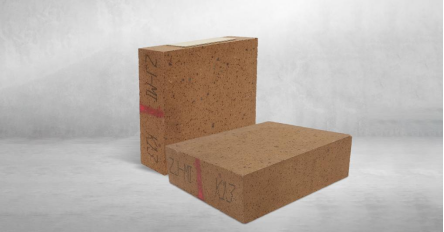
(ZJMI magnesium iron spinel brick)
(3) Consider the entire life cycle of refractory materials to reduce resource consumption per unit product.
As the high-temperature industry gradually increases its requirements for energy conservation and consumption reduction, many ordinary refractory materials previously used in high-temperature kilns can no longer meet the needs for energy conservation and consumption reduction under the new situation. Improving the special performance or service life of refractory materials is an important step in the development of green Refractory materials are key.
ZJMI magnesium iron spinel bricks are chromium-free alkaline products. They are currently the most commonly used green refractory products in cement kiln firing zones. The service life in various types of cement rotary kilns can be more than 12 months, creating a million-dollar The large kiln with a capacity of 1,000 tons of cement has been used safely for 414 consecutive days.
ZJMA magnesia-alumina spinel bricks are commonly used refractory products in the transition zone of cement kilns. They can be used in cement production lines of different tonnages from 2500t/d to 10000t/d or more, as well as lime kiln production lines. With their excellent product quality, they are widely used in various types of cement. The service life of the rotary kiln and lime kiln can reach more than 12 months, setting a record of 456 days of safe operation in the industry.

(ZJMA magnesia-alumina spinel brick)
Under the new situation, refractory materials companies actively use new energy and new resources, conduct refined management of the production process, invest less and produce more, and rely on scientific and technological progress to gradually reduce energy and material consumption per unit product. Whether it is shaped refractory products or unshaped refractory materials, it can increase its service life, reduce the number of kiln shutdowns in high-temperature industrial kilns such as the cement industry, and help enterprises improve economic benefits.
China's refractory industry has grown from scratch, from weak to strong, and has now become the world's largest producer of refractory materials. Facing the new environmental protection situation, it is necessary to actively adjust the product structure and improve the automation and intelligence of refractory equipment; actively promote energy conservation and emission reduction in the refractory industry and high-temperature industry, coordinate the development of refractory materials suitable for the green development of high-temperature industry, and provide users with satisfactory services. High-quality green refractory products for individual needs of different kilns.
PREVIOUS:
Contact Us
E-mail:
Phone:
Address:
Songlou Industrial Zone, Xinmi City, Henan, China
Related Products





